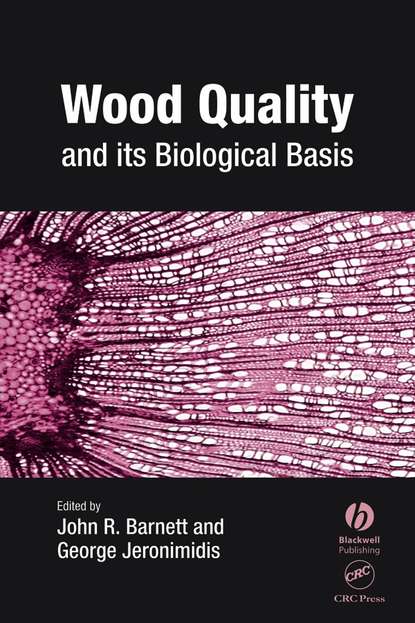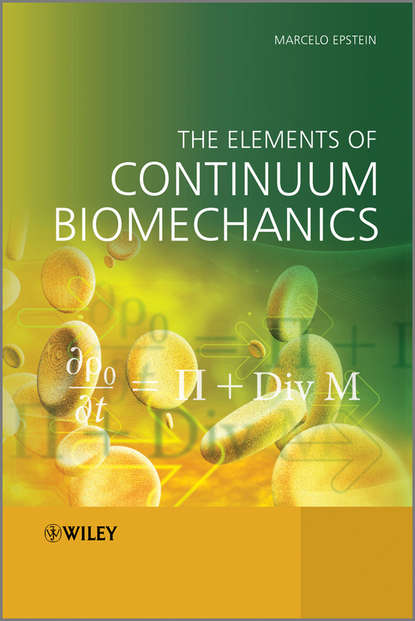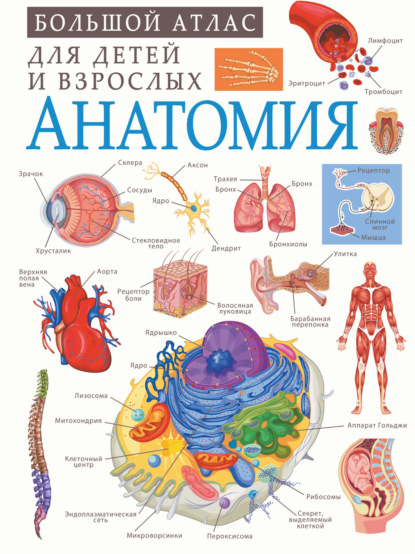Книга “Wood Quality and its Biological Basis” автора Джона Барнетта представляет собой исследование качества древесины и ее биологической основы. Книга описывает широкий спектр тем, связанных с качеством древесины, от ее формирования до структуры и свойств. Авторы книги представляют различные точки зрения биологов и физических ученых, которые рассматривают процесс образования древесины и его связь с ее свойствами. Книга может быть полезна для тех, кто интересуется биологией и инженерией, а также для специалистов в области лесоводства и деревообработки.
Wood is the versatile raw material par excellence. It provides heat, implements, structural materials, pulp for paper manufacture, and countless other uses. Very much depends on its quality, largely determined by the chemical-physical structure of cell wall components and responsive to the environment and other stresses. An internal stress building up in a tree, mostly related to maturity at felling, can lead to destruction of product wood quality. Also crucial are aspects of structure in living trees, leading to identification of candidate breeding material. Work undertaken requires a unique blend of biological knowledge and physical analysis. Volume offers a comprehensive review in this vital field for scientists and development workers in tree physiology,molecular biology, and related fields.
Электронная Книга «Wood Quality and its Biological Basis» написана автором John Barnett в году.
Минимальный возраст читателя: 0
Язык: Английский
ISBN: 9781405147811
Описание книги от John Barnett
Wood is the most versatile raw material available to man. It is burned as fuel, shaped into utensils, used as a structural engineering material, converted into fibres for paper production, and put to newer uses as a source of industrial chemicals. Its quality results largely from the chemical and physical structure of the cell walls of its component fibres, which can be modified in nature as the tree responds to physical environmental stresses. Internal stresses can accumulate, which are released catastrophically when the tree is felled, often rendering the timber useless. The quality of timber as an engineering material also depends on the structure of the wood and the way in which it has developed in the living tree. Tree improvement for quality cannot be carried out without an understanding of the biological basis underlying wood formation and structure. This volume brings together the viewpoints of both biologists and physical scientists, covering the spectrum from the formation of wood to its structure and properties, and relating these properties to industrial use. This is a volume for researchers and professionals in plant physiology, molecular biology and biochemistry.



















